Through testing conducted by teachers, we have discovered mold within our classrooms. These findings are primarily in the 400 building on our campus.
Up until this point we are unaware of the severity of the issue which is a cause for concern for the wellbeing of our teachers and students.
Mr. Felix, SEGA English teacher, in room 412 said, “I’m not surprised that there is [mold], mostly because I’ve been in this room for five years and within those years, my childhood asthma has resurfaced and has gotten bad.”
This could be a potential hazard for both our staff and students if it is a harmful mold. I believe having mold in these buildings is a big deal considering that the 400 building is a very busy building, and this could give rise to health concerns and issues..
“The smaller picture if we don’t get this solved is kids being affected by it, like subtle colds here and there, but the bigger problem could be respiratory issues,” added Mr. Felix.
A teacher who would like to remain anonymous, Teacher (B) in the 400, shares how they discovered mold, their testing process, and how it affected them as a teacher.
“I was suspicious of mold as of last year when I kept getting recurring sinus infections,” adds Teacher (B).
They share that at one point, they had a sinus infection that lasted for four months and that all these sinus problems began when they started teaching in that building.
Teacher (B) requested admin hire professional mold testers come in and test the classroom of the teacher. Teacher (B’s) request was accepted and the company’s testing results were negative for toxic mold
The Legal Information Institute defines toxic mold “as considered deadly to humans.” “ The teacher shares that they ordered an at-home test to check their room and also other 400 teachers’ classrooms as well.
“It’s difficult to find the actual sample [of mold] because we weren’t sure where the mold is growing,” added Teacher B.
All teachers have expressed how much support they have gotten from administration encouraging the teacher to keep on going with testing for toxic mold.
This teacher B has struggled extensively with sickness problems since coming into the 400 building, further restricting them from being able to teach their students.
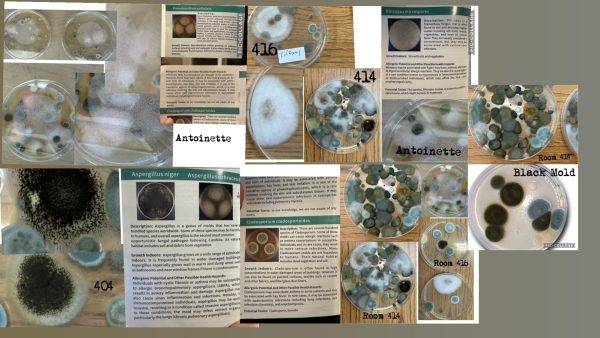
The process of finding the mold was that some art teachers in the 400 building scattered petri dishes around their classrooms; in cabinets, radiators and under sinks. They left the dishes open for about 30 minutes to an hour. After that time frame, they pulled them out and put the lid on them for another hour and this was the outcome., See images above.
Yes, it may be true that students aren’t in the building as much as teachers, but the presence of mold on our campus, toxic or not, is not good. The teachers interviewed believe that there is potentially toxic/unhealthy mold in the school building, and are continuing to test to try and find where it is.
As a student, I haven’t had many classrooms in the 400. But, if I did have classes in the 400, I would be cautious as we don’t know if there is toxic mold.
Another anonymous Teacher (A) in the 400 said, “[The mold] has been a suspicion for years but recently we got tested for it.”
This teacher also said, “When I first started here I would get sick a lot with sinus infections or sinus problems. After years of being in the 400 I’ve gotten better.” The teacher considered that the mold may not affect the students as much as it does the staff considering teachers are in their classroom 8-9 hours a day. This is a really great point to remember.
Mr. Newman, a Special Education 10th-12th grade ELA teacher said, “If the mold is not dealt with it can make the building a not so pleasant place for people to be in.” Mr. Newman is also a Teacher’s Association of Long Beach (TALB) Millikan Site Representative so he made the point that it’s very important for staff to be protected from this and taken care of.
All teachers that I interviewed said they didn’t know anything out of the ordinary among students or reports of students being sick, but that doesn’t mean there aren’t students out there who are getting sick more than they usually are due to the potential mold. The petri dishes found mold but the professional toxic mold tests were negative.
Dr. Yu, Millikan’s Vice Principal shared that he was notified of the mold back in November and has had a team working on it to figure out what kind of mold we have. He said, “We had a mold inspection and did not find anything hazardous in the building. If we were to find something hazardous we would move both staff and students as quickly as possible.”
He expresses how important it is to keep our staff and students safe saying, “I wouldn’t want our students, our staff, or myself to be in an environment that isn’t safe so I would hope that I can trust [the mold inspection team] their assessment or their work.”
If it turns out there is hazardous mold in our buildings, this could cause potential future problems for our staff and students. However even then, there’s already problems now with staff getting sick.
Even if it is just one staff member being sick due to this, who’s to say this will be something that gets better.




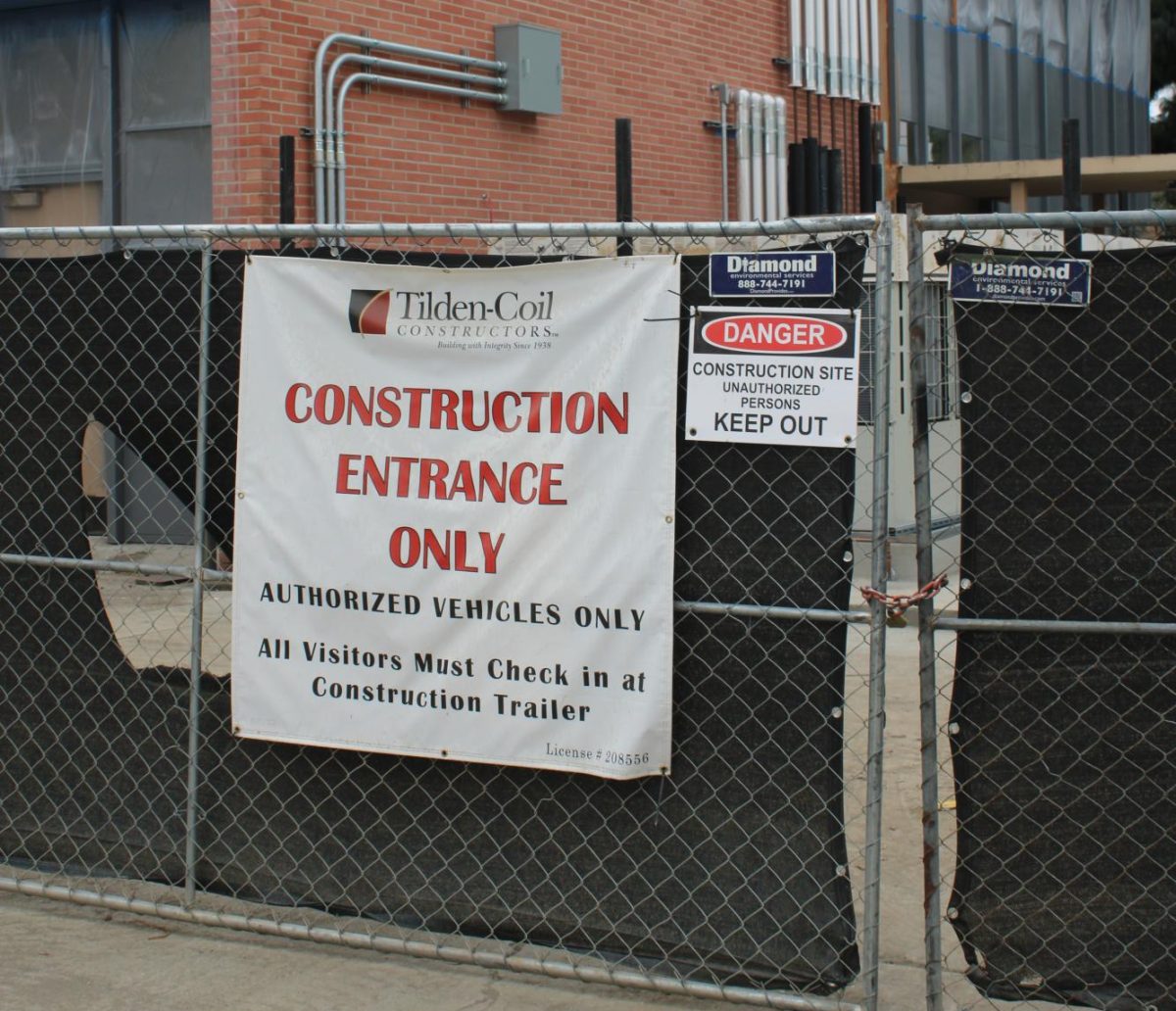


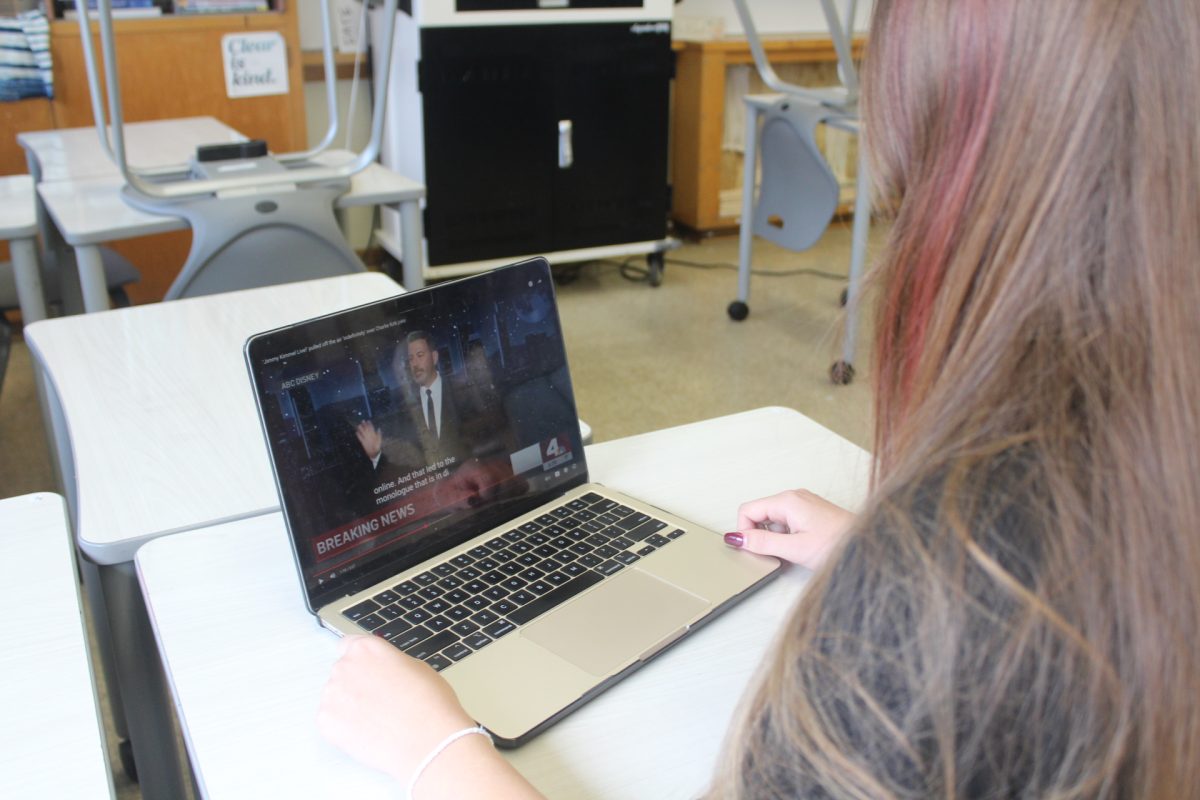









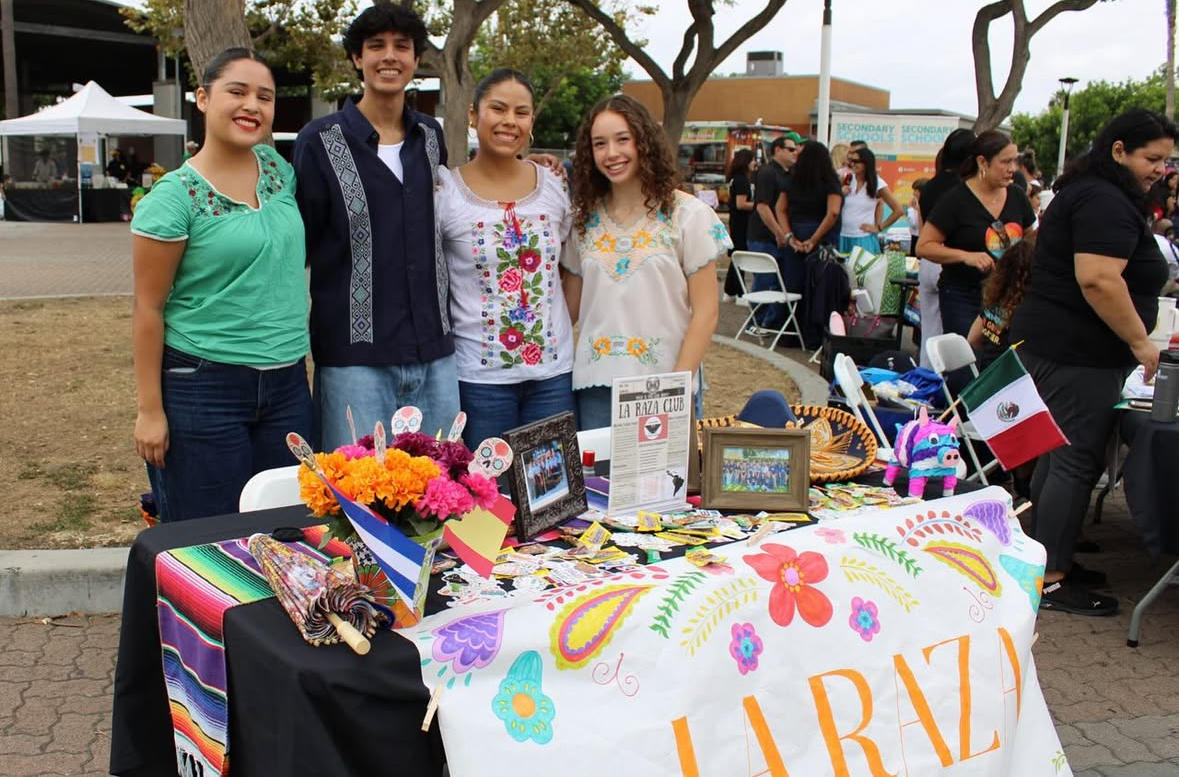
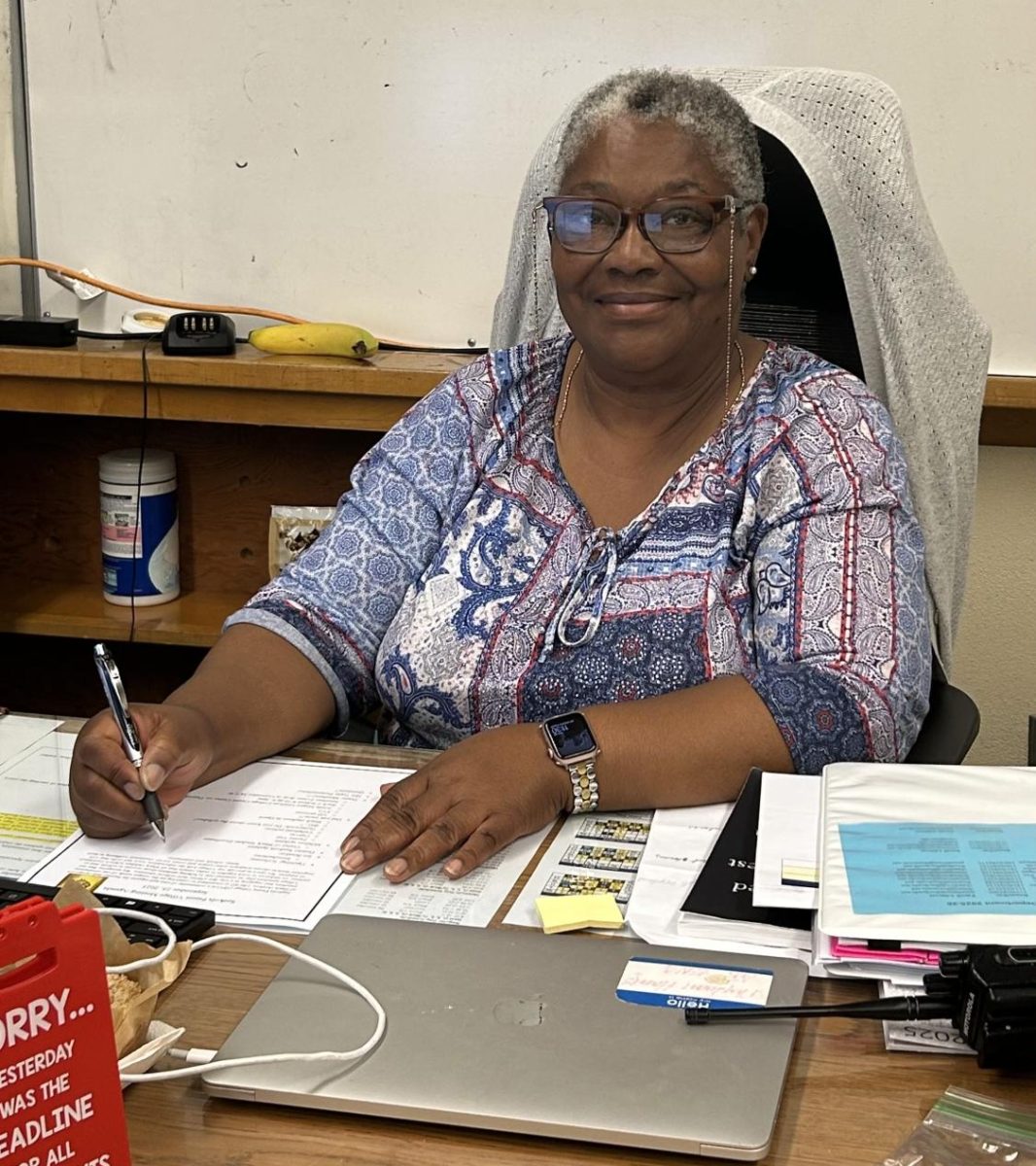
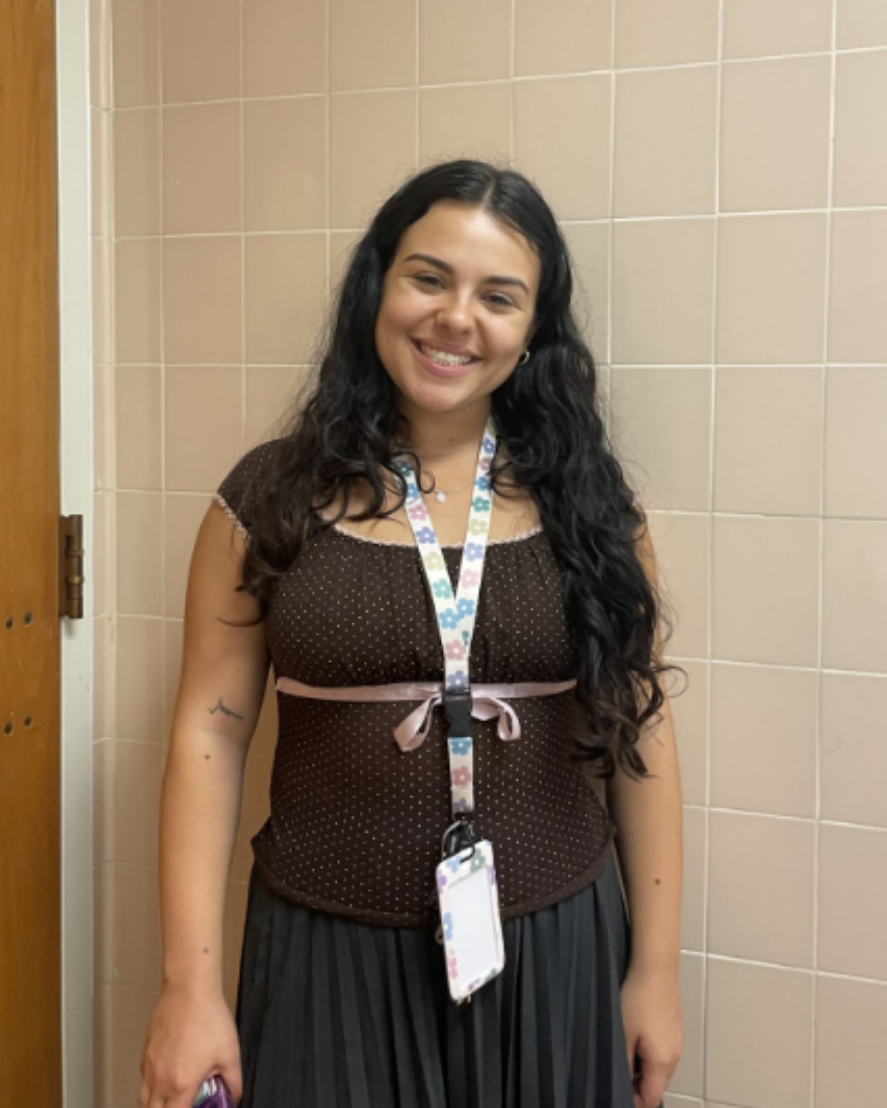
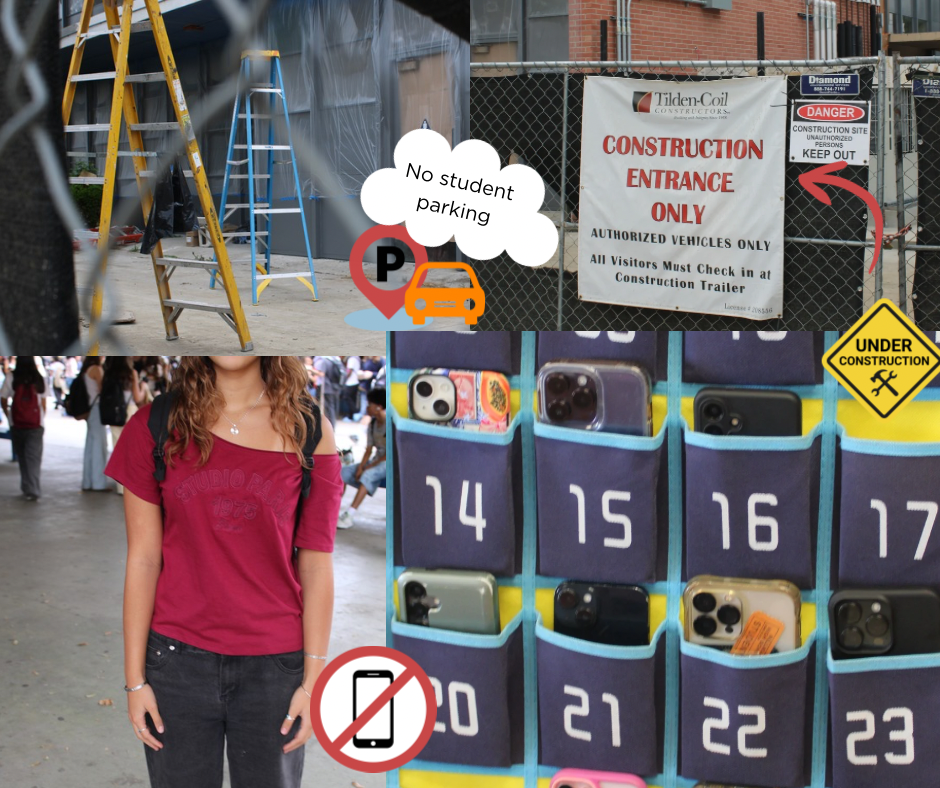

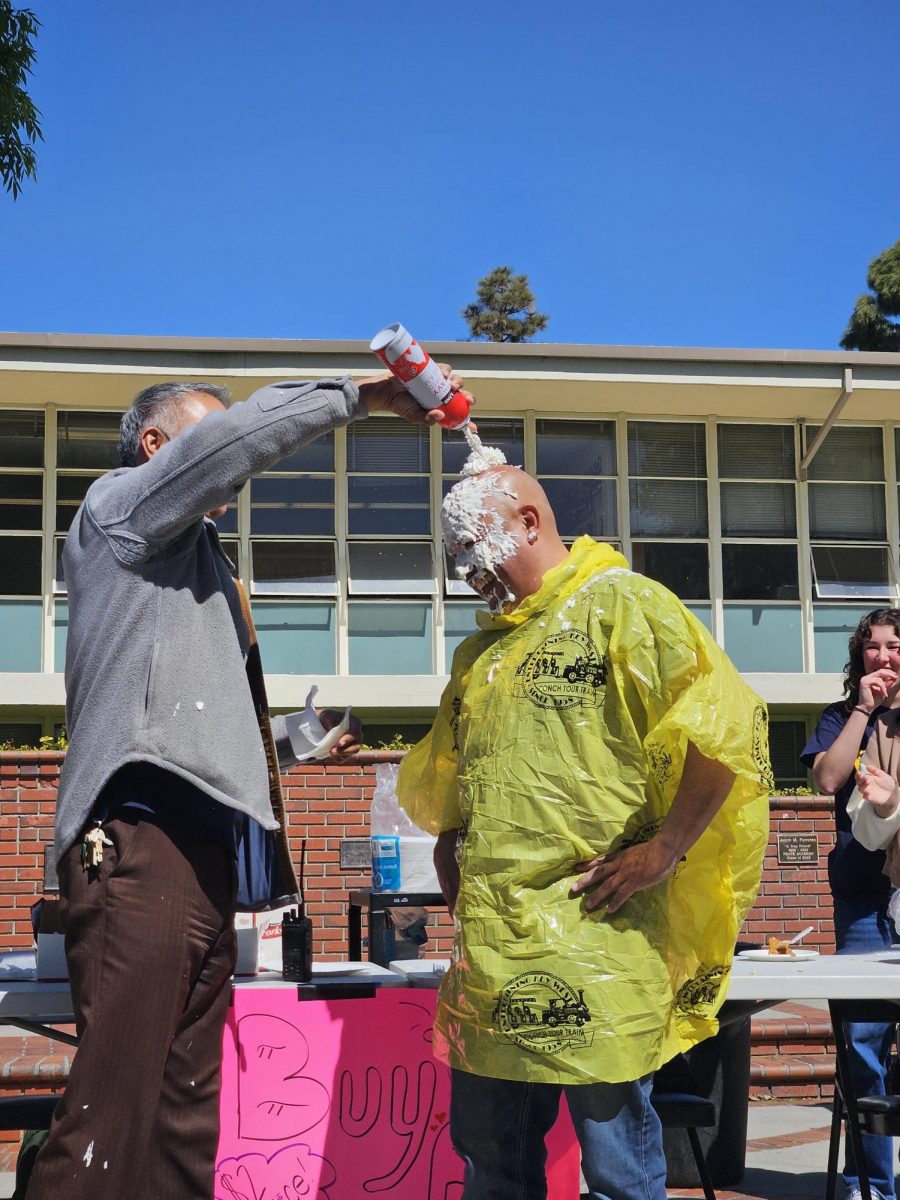


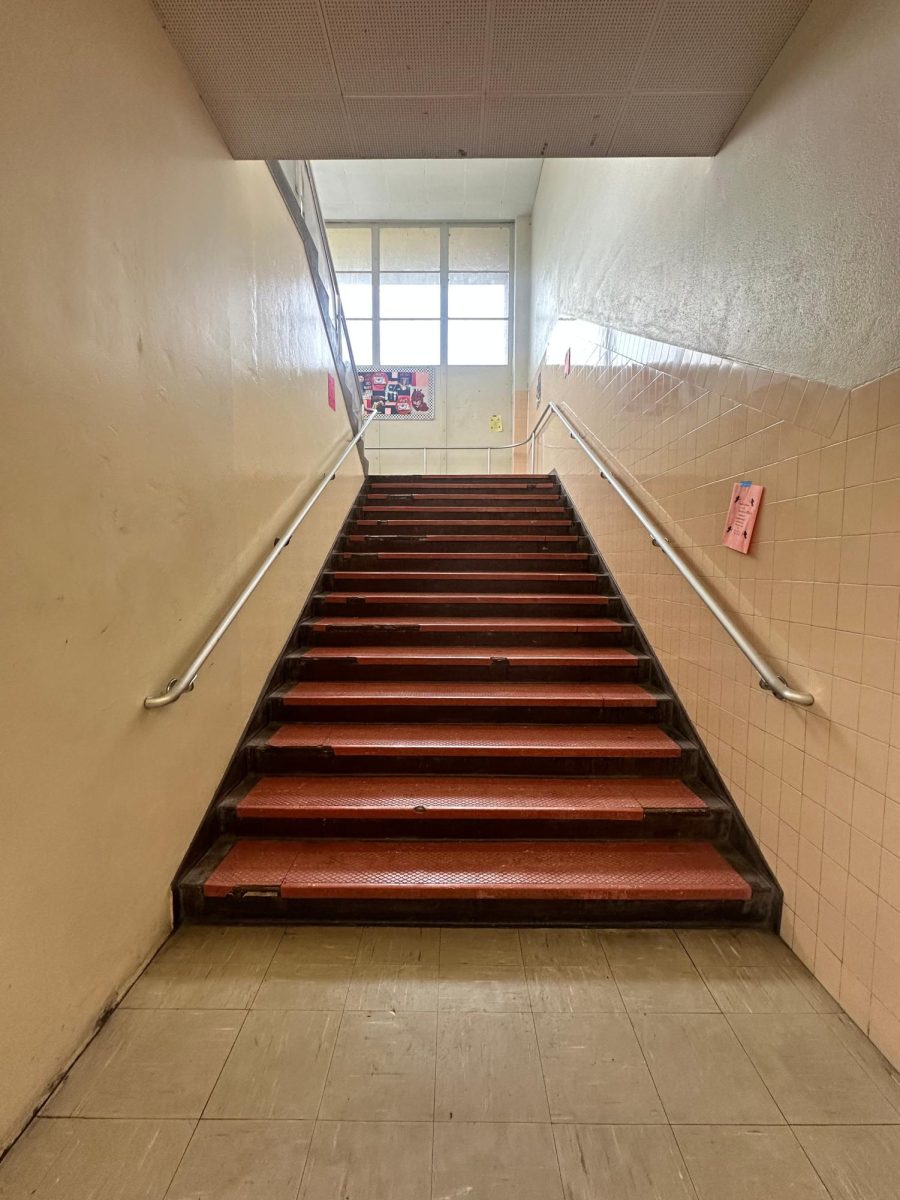

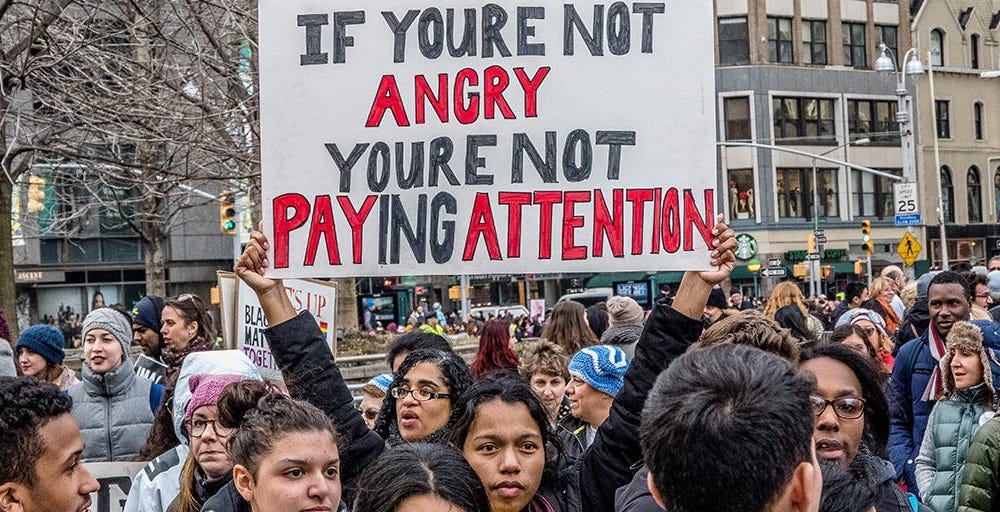

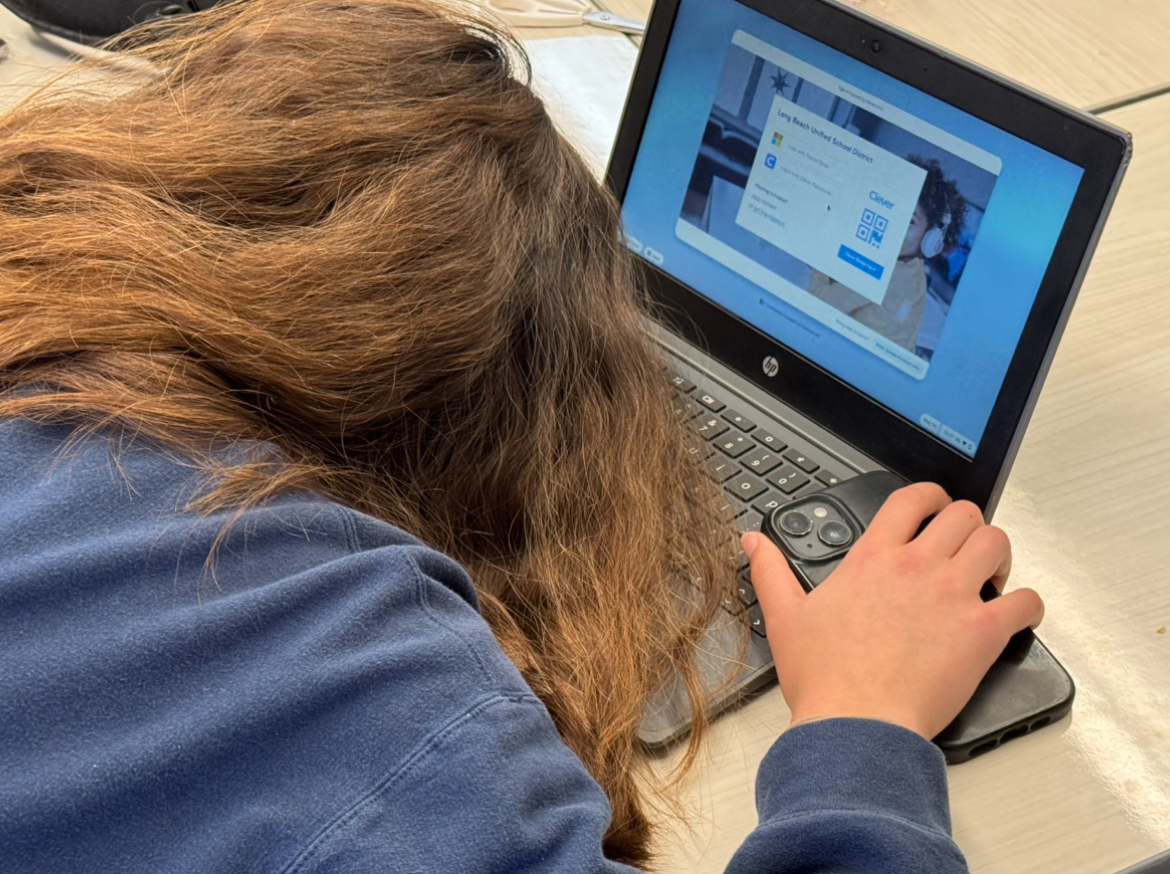
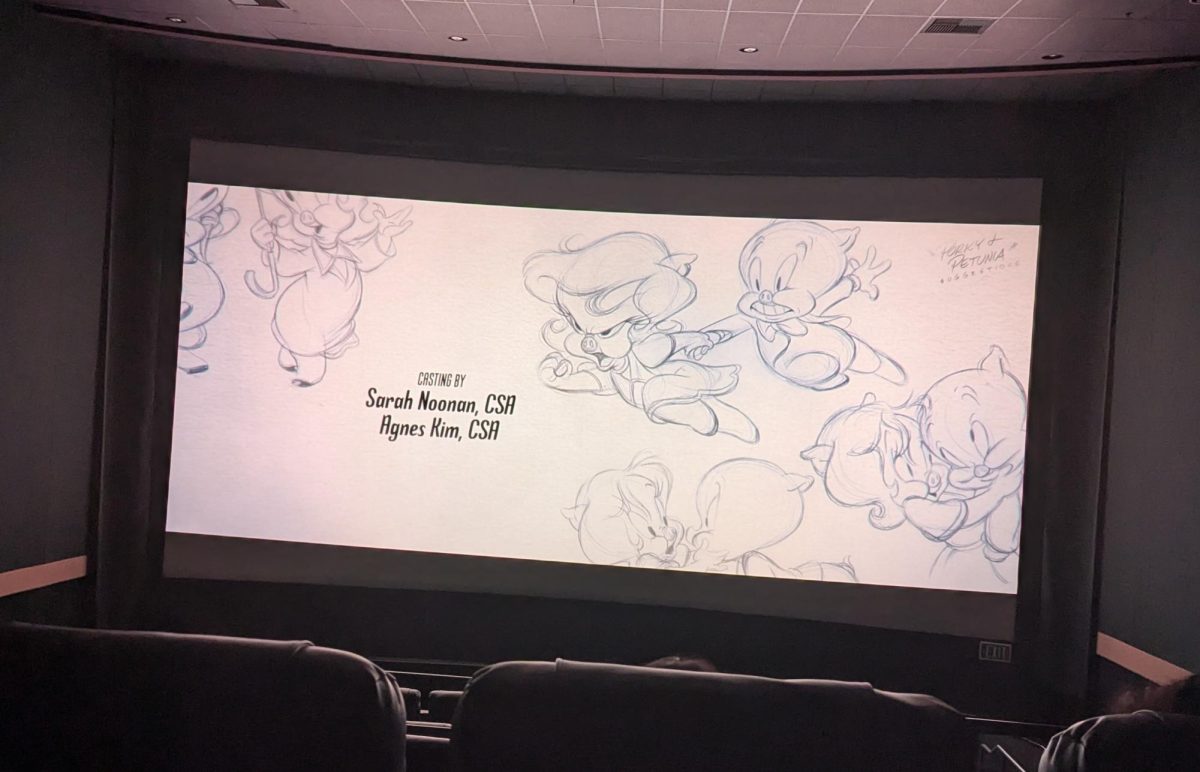
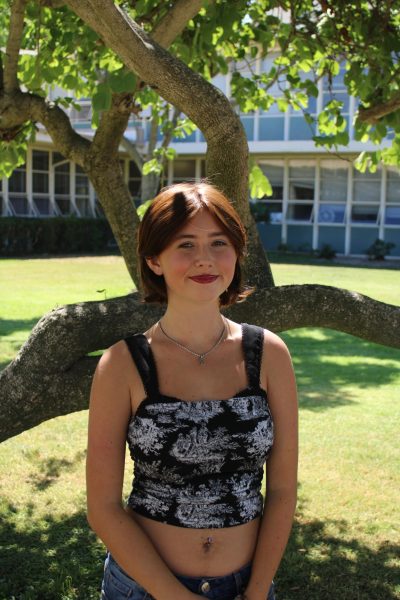
Emma Hirchert • Mar 13, 2025 at 2:17 pm
On March 3rd, 2025, Lorelei Brennan wrote an article titled “The Growing Threat of Mold in the 400”. After reading this article, I became very thankful that Brennan chose to write this text. Although I currently do not have any classes in the 400 building, I am glad that I now know about the dangers in this building. When I was a freshman, I constantly got congested in my 400-building class and I never thought anything of it. I am glad that this issue has been addressed.
Additionally, Lorelai does an excellent job getting the teacher’s opinions and concerns about the mold issue. She includes the teacher’s struggles to get testing, the teacher’s own testing process, and how other teachers have been impacted after teaching in a mold-infested building for years. Also, I am glad that this issue has been brought to the attention of the admin at our school.
My only concern about this article is why the mold inspection team declared that there was no mold. I would have loved to hear more about what happened and how they tested it, and how the teachers proved them incorrect.
Overall, Lorelai Brennan did an amazing job of informing the Millikan students of this issue. I hope to learn more about the mold problem as it develops.
Jordan Salas • Mar 6, 2025 at 2:35 pm
On March 3, 2025, Lorelei Brennan wrote an article titled “The Growing Threat of Mold in the 400”. In this article it discusses the rising threat of a possible deadly mold infection affecting the teachers with mainly sinus infections. I have one class in the lower 400’s, and the days I walk in there I do notice an odd smell. I never thought anything about it, but after reading this article I now have a better understanding that it might be a mold infestation. Last year I had class in Mr. Felix’s room and I did end up getting a sinus infection, not thinking about it and blaming it on the weather. This is a big concern that has to be addressed more, and given more attention because this is a serious threat that has to be taken care of. Thank you for writing this article and bringing awareness to this serious topic. My one suggestion is making the picture of the mold a little bit bigger because especially the text is a little hard to read. Other than that I have one question, where did teacher (A) get the mold test from? Was it in the classroom and they got it on the wall, or from somewhere else? Other than that it was a great article that was very well written and greatly detailed, and addressed a big concern in one of the most populated buildings on campus.
Alexis Copeland • Mar 6, 2025 at 2:32 pm
I think Lorelei Brennan chose a great topic to spread awareness about. Many were unaware of the mold. Which could harm many without them knowing, l had no idea about the mold in 400 buildings. Despite the fact l had a few classes there. I’m glad this was written about because even if it’s not that much mold. I’d like to know about anything that could potentially cause problems.
The addition of the commentation of the teachers was a good part, as the teachers would know most about this. Also, it brings light to what teachers have to deal with as they have to be there more than anyone. I think the mention of the principal was a good point to bring up, as people know its not underlying concerning. Stopping any stress that might come, but letting people know they should keep the problem in mind. I liked how Lorelei Brennan used the observations of the teacher who analyzed the mold. This helped identify the type of mold we’re dealing with.
Overall, I think Lorelei Brennan successfully communicated the points about “The Growing Threat of Mold in 400”. l liked how Lorelei Brennan brought awareness to this topic.
Kirshtein Bustillo • Mar 6, 2025 at 1:44 pm
On March 3, 2025, Lorelei Brennan wrote an article titled “The Growing Threat of Mold in the 400”. This article discusses the discovery of mold in the 400 building which has led to sickness or the resurfacing of physical health problems among the teachers. Additionally, it includes interviews where teachers explain their experience as well as actions they and the faculty have taken to find the source of mold.
Brennan did a great job explaining the situation clearly and credibly. Although the issue of mold in the buildings can be considered a small issue to some, Brennan highlights how it can be dangerous to others, especially when dealing with respiratory issues. Moreover, she brings awareness about how this issue might not only be affecting the teachers but also the students who have classes in the 400 building.
I found this article interesting and helpful because it brings up an issue that I was previously unaware of. I think that this information should be spread more widely so people could be more cautious about what they touch around the school. Despite those, I am grateful for the efforts taken to try and resolve this issue.
Deshan Ranaweera • Mar 6, 2025 at 1:39 pm
March 6, 2025
Dear Corydon Editor
On March 3, 2025, Lorelei Brennan wrote an article entitled The Growing Threat of Mold in the 400. This article shines a light on a serious health risk at the 400 building on campus. This serious issue has brought multiple health issues, including a SEGA English teacher, Mr. Felix who’s childhood asthma had resurfaced causing him to decline in health. Multiple teachers have spoken out about these serious issues, with a teacher who wished to be anonymous requesting the school administrators to test for deadly mold, toxic to humans. With results showing negative, multiple art teachers in the 400 building decided to take things into their own hands, and scattered petri dishes where mold likes to grow. The result was that each of the petri dishes contained mold growth. With the knowledge of mold in the 400 buildings, teachers were told to be cautious due to them being in the classroom for 8-9 hours. Another investigation was made in the process, and hazardous mold wasn’t detected, but regular mold. Dr. Yu, Millikan High VP had been notified of potential mold back in November, and a team has been inspecting to make sure there isn’t any hazardous mold in the building. In my opinion, this is something serious that should be more looked into, due to major health risks in the long run caused by mold
Sincerely,
Deshan Ranaweera
Michael Diaz • Mar 6, 2025 at 1:32 pm
For starters, I already greatly appreciate putting the spotlight on the mold problem within the 400 building, as I have personally not been aware up until the publication of this article. I appreciate including teachers’ opinions and experiences because it offers a visible view on the severity of the mold, really bringing a sense of alert and seriousness that prevents this present, growing issue from flying under the radar of students and staff alike. I’m also grateful for the convenient link attached to “The Legal Information Institute,” making it significantly easier to find more information on toxic mold and its effects. The photo collage of all the mold-infested petri dishes by Teacher B is a strong reminder of just how spread out the issue is within the entirety of the 400 building.
One concern I had regarding the discovery of the mold is, regardless of whether the mold is hazardous or not, would it not be preferable to clear at least a majority of the mold within the 400 building anyway? Although it may cost resources and time, it’d bring the load of worries off of many teachers’ shoulders that reside within the 400 building. Adding on, it would make sense that if one building could develop mold, other school buildings could also develop the same problem without anyone’s knowledge. It might even be safer catching a potential mold threat in other areas of the school before it becomes too late. Nonetheless, the article did a fantastic job bringing awareness to a problem, and I hope that Millikan’s Vice Principal Dr. Yu and the rest of the mold inspection team return to the subject every so often in order to observe any possible mold outbreaks that may arise sooner or later and eradicate the issue.
Leah Prince • Mar 6, 2025 at 1:18 pm
March 6, 2025
Dear Corydon Editor,
On March 3, 2025, Lerelei Brennan wrote an article titled “The Growing Threat of Mold in the 400”. This article does a great job of addressing a possible hazard of mold in the 400 building at Millikan. Moreover, Brennan highlights the possible risk of health problems exposed to the staff and students here at Millikan. She includes several interviews from teachers stationed in the 400 that are concerned about this issue as well. Brennan’s use of interviews strengthens her article by providing real information from actual teachers.
I also appreciated Brennan’s inclusion of the interview from Teacher (B). It highlighted that this issue could possibly be neglected by Millikan. Teacher (B) conducting his own tests rather than the school really raises a concern on the safety of the staff and Millikan’s safety as a school. Furthermore, I also admire how Brennan included that the school administration has taken action; however, I believe our district and schools could take more action to make sure our schools are safe.
Sincerely,
Leah Prince
Kenneth Robinson • Mar 6, 2025 at 11:26 am
March 6, 2025
Dear Corydon Editor,
On March 3, 2025, Lorelei Brennan wrote an article entitled “ The Growing Threat of Mold in the 400.” This article does great on elaborating the mold situation inside of the 400 as she asks many staff members on campus about their thoughts on the mold. Not too many students/teachers know about the mold so an article bringing it up is very helpful.
The writer raises various concerns about the mold as it has the potential to not only endanger the students and teachers at Millikan but can even prove to be fatal if not dealt with immediately. With many other teachers sharing the same thoughts and suspicions its safe to say the mold situation will be more noticeable as time goes on.
However, if time continues to pass while the mold is not dealt with, it may be too late to get rid of it and the 400 building may be forced to close for some time until it is gone, and with Millikan already doing construction during this time many teachers and students will have their classes forced to a new building.
Overall the article did amazing on bringing light to the mold situation that not many students and teachers know about in Millikan and aims to resolve it as soon as possible. The sooner its gone, the safer students and teachers will be.
Sincerely,
Kenneth Robinson
Nathan A. Dabu • Mar 6, 2025 at 11:05 am
On March 3, 2025, Lorelei Brennan, a Staff Reporter part of the Millikan Corydon wrote an article titled “The Growing Threat of Mold in the 400”. In this opinion, Brennan addresses the major concern about how there has been a long-term presence of some type of mold inside some of Millikan’s campus buildings, especially focusing on 400 Building. Brennan had included many great pieces of information and teacher interviews addressing the issues that some of the Millikan staff had faced. Some staff had had very shocking responses to the 400 Building having mold, saying that they’ve had some respiratory issues, asthma, and sinus problems.
They also included a great description of how “Teacher [B]” and other teachers had conducted their own tests with petri dishes, testing in different classrooms and different areas inside the building. They stated that “The process of finding the mold was that some art teachers in the 400 building scattered petri dishes around their classrooms; in cabinets, radiators and under sinks”. Along with this very well definition, they included an image of the after results, which was very surprising and would create the understanding for the great worry among the students and staff who spend time in that building.
Overall, this was a very well thought out, and very well put together article that addresses and shines the light on a very concerning issue that can very well affect the health and well-being of the Millikan staff and to the Millikan community. A question that had come up was that, what specific areas, floors, or classrooms of the 400 Building were affected?
Melissa Centeno • Mar 6, 2025 at 9:57 am
On March 3rd, 2025, Lorelei Brennan wrote an article titled “The Growing of Mold in the 400”. I’ve enjoyed reading this article as I did not know this situation is happening at our school. I like how the author put out the information on that situation, especially evidence from teachers/staff. This evidence is pointed out by interviews towards those working in the 400 building who have experienced health problems. These interviews can highlight possible solutions the school can take action on to prevent even more mold from spreading, as more inspections, air vents, etc. This shows the amount of concern the author and even other students may have.
I feel that this article is very important to let other students and staff know since many health problems can keep on happening in the future if no action is taken now. The author also did an excellent job of showing a perspective of those affected by the mold. It’s also a great way to show awareness towards something dangerous as I did not know this situation was happening. For now, the big questions we can ask are: what is causing it?, When will something be done?
Sophia Garcia • Mar 5, 2025 at 3:04 pm
On March 3, 2025, Lorelei Brennan wrote an article titled “The Growing Threat of Mold in the 400”. I appreciate how informative this article is due to being blindsided to this issue. The author uses multiple reliable sources, such as teachers in the building to give context and clarification of what truly is going on, and how they are being affected by it. Even though some teachers were left anonymous, their testimonies have me questioning why have we let this problem linger for so long.
Lorelei Brennan also does a great job not only highlighting students, but really emphazing the impact that the mold will have on the teachers, which is extremely larger compared to students. Using a visual aid such as the picture of the petri dishes which were left in multiple rooms in the 400, gave me a more clear visual of how disgusting and extreme conditions are. Teachers even caring to the point to test themselves for mold, speaks louder then words.
Using uncertain words at the end of this article really pulls it all together of the precariousness of the situation.
Sincerely,
Sophia Garcia
Rachel E Vanderschans • Mar 5, 2025 at 2:57 pm
On March 5, 2025, Lorelei Brennan, wrote an article titled “The Growing Threat of Mold in the 400” which featured an ongoing concern about the growing issue of possible mold in the 400 building. I have had a few classes in the building and have experienced issues with it. Similarly to Teacher B, I have an increase in allergy and sinus symptoms with the view classes I’ve had in the building.
Additionally, from a student perspective, I have found by far the most disgusting bathroom to be the 400. Not only does it feel that it’s never been properly maintained, but there’s always an odd rotting smell whenever I use it.
While I know that toxic mold has not been tested, I feel that we must make sure that there isn’t any mold at all in buildings. Not only do I not think it’s simply unsanitary, but mold can lead to a rapid decay of infrastructure. And I do not want to have to see Millikan go through another construction phase where classes seem to be randomly scattered.
While our school will have to prioritize other more pressing matters, the looming idea of mold in the 400 building will eventually need to be addressed. Brennan did an excellent job highlighting the facts and reporting from a non-biased perspective.
Sincerely,
Rachel Vanderschans
Riley Henderson • Mar 5, 2025 at 1:49 pm
Dear Corydon Editor,
On March 2, 2025, Lorelei Brennan wrote an article titled “The Growing Threat of Mold in the 400”. I believe this article is highly valuable to read and reflect on, as it helps raise awareness and concern about the issue of mold accumulating in the 400 building at Millikan High School. To better understand the problem, mold testing has been conducted to identify the source of the mold and assess its potential impact on individuals. Brennan also highlights the possible health risks to teachers in the 400 building, citing interviews with teachers who have reported experiencing “more sinus infections.” I appreciate Brennan’s ability to incorporate the voices of teachers directly affected, which adds authenticity to her argument and strengthens her overall claim. I also like how she mentions the potential risks that could happen if it turns out that there actually is hazardous mold in our buildings. This article serves as a warning about the potential health risks to come from this epidemic, such as illnesses and diseases. Brennan does a good job of explaining this issue and making it easy to understand for all of the students at Millikan. She also keeps a calm composure and does not make the issue sound as detrimental as it could be.
Charlotte Fields • Mar 5, 2025 at 1:15 pm
I appreciate the author’s concern in issues at the school that may seem minor, but are potentially bothersome to some, including myself. In this building, the 300 building, and previously in the 200 building, I have seen a trend of students becoming more “stuffy” because of the humidity. With this being said, a potential solution could be to provide humidity control with either humidifiers or air conditioning. Of course, this can be costly, but investigating for cheaper alternatives would be appreciated by those affected.
I enjoy how she mentioned the school administration had taken action, but I can connect with the author over how it should have actually been handled. Though the mold found was claimed “not hazardous” and the admin left it at that, there are still many students who are uncomfortable with the classroom environment, which should be a topic of discussion and concern for the district as well.
A question that I have that I would appreciate the author following up with is how to be cautious over the potentially toxic mold, or what to do to reduce symptoms.
Allison Pelletier • Mar 5, 2025 at 12:57 pm
Lovely article very informative as a ex Millikan student I hope they get on trying to remove the mold the school district doesn’t understand how it affects the teachers directly
Liam Neubauer • Mar 5, 2025 at 9:52 am
March 5, 2025
Dear Corydon Editor,
On March 3, 2025, Lorelei Brennan wrote an article titled “The Growing Threat of Mold in the 400”. This article is pretty informative and useful because it highlights an actual concern that is actually important to know about. Mold in the 400 and possibly the rest of the school, is a fact that I think all of us should be aware of, but none of us are probably surprised about. It’s just another disgusting problem that’s added onto the list of bad conditions at Millikan.
I did like this article though because it started off with allegations of mold, then negative tests for mold, then positive tests for mold, so it’s kinda like a mystery that needs solving. The whole arc with Teacher(B) taking matters into their own hands was pretty interesting. I’d say the whole arrangement of the facts and quotes in the article was pretty well done. I’m just glad though that my english class got moved away from there or I would have been cooked.
Sincerely,
Liam Neubauer
Liana Lopez • Mar 5, 2025 at 9:48 am
Dear Corydon Editor,
On March 3, 2025, Lorelei Brennan wrote an article titled “The Growing Threat of Mold in the 400.” In this article, Brennan touches on the heightening concern of the growing mold accumulating in the 400 building of Millikan High School. Furthermore, Brennan also highlights the possible health problems imposed on teachers in the 400 building. She supports this possible concern by including many interviews of these teachers who have experienced “more sinus infections.” In order to gather more information behind this growing problem, mold testing has occurred in hopes to find the source of the mold and the extent to which it may affect people.
I feel that his article is very beneficial to read and reflect on since it can create more awareness and concern on the issue. I admire Lorelei Brennan’s ability to include multiple different perspectives and interviews of teachers who are experiencing this issue first hand. I believe it creates more realness while supporting her overall claim.
Jade Chuong • Mar 5, 2025 at 9:39 am
This is extremely well written and brings great attention to the issues of mold in the 400 buildings on campus. As a student myself I’ve noticed mold in classrooms before but I never realized how severe the situation was. As of recently with the testing for mold inside of the petri dishes, the black mold was one of the things that stood out to me the most. Isn’t that one of the most deadly molds to both humans and animals?
Following this, the situation regarding the teachers who’re getting sinus infections as well as sicknesses; even if it’s only very few, what will be done to fix the situation and/or get rid of the mold? I noticed that the 400 building for a while has given me sinus attacks before in my three years at Millikan. Even though there’s not really a surprise considering that it’s been under suspicion for quite some time now, it’s extremely alarming the amount that was found in so many different classrooms; what is causing it?
I hope this issue will be taken care of soon, or at least put into a higher priority even with construction. The school cannot account for everyone with reactions to the mould if it is causing harm, but it should be something that needs to be dealt with.
Emily • Mar 5, 2025 at 9:36 am
On March 3, 2025, Lorelei Brennan wrote an article titled “The Growing Threat of Mold in The 400.” Lorelei Brennan did a fantastic job at displaying this news. I found this story interesting and I was in shock that there’s toxic mold in the 400 building. I would never have thought that there could be toxic mold in the 400 building. Lorelei has presented that teachers in the 400 building have been getting sick by sinus infections. And Lorelei has shown how art teachers have been testing for mold in their classrooms. I like how in the article they show pictures of mold the art teachers in the 400 have found and showing the different kinds of mold that has been in the 400.
Lorelei interviews many teachers and they all have noticed that there could be toxic mold. The writer also mentions that the vice principal had a team working to figure out what kind of mold we have. Lorelei did an amazing job at presenting this news, I feel like everyone should be aware of this and be cautious.
Adysen Domingo • Mar 5, 2025 at 9:29 am
On March 3, 2025, Lorelei Brennan, wrote an article titled “The Growing Threat of Mold in the 400”. This article dives into the problem and concern of growing mold in the 400 building. In addition, Brennan raises the concern of the health consequences that have been occurring within teachers in the 400. For instance, she creates credibility of these health problems by including many interviews from teachers that have been getting more sick in the 400 than usual.
What many of these teachers have experienced was more sinus infections. To gather more information, there has been mold testing that aims to find the source and extent to the mold.
I feel like this article is very helpful because it informs many people of the health risks that can surface due to the mold. Lorelei Brennan did a great job with incorporating multiple interviews into the article and using it to support her claim. I think this article is important as it can educate many students and staff and create awareness.
Emily Palmer • Mar 5, 2025 at 9:29 am
On March 5, 2025, Lorelei Brennan wrote the article “The Growing Threat of Mold in the 400.” This article described the process of discovering mold in the 400 and what this discovery could mean for Millikan’s students and staff. I appreciated that Brennan interviewed several teachers. This was helpful to get an in depth view on how this issue was discovered and its threats. Brennan also described the process of teachers conducting their own testing, and alerting the administration of this issue. We were then provided with an image of petri dishes used for testing that were full of mold. I appreciated that Millikan’s Vice Principle is aware of the mold and expressed that they would relocate the classes in the 400 building if necessary to keep the students and staff safe, but I do wonder how soon we can expect to learn more on this situation and if it will continue to pose a health risk in the meantime. All in all, Brennan wrote a very well researched and illuminating article on the statues of mold in the 400 building.